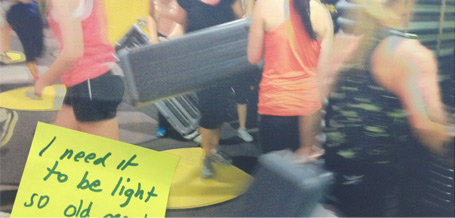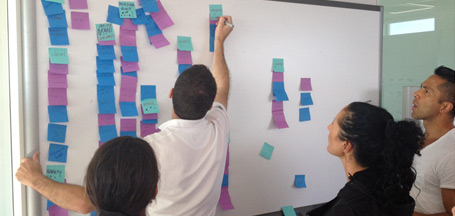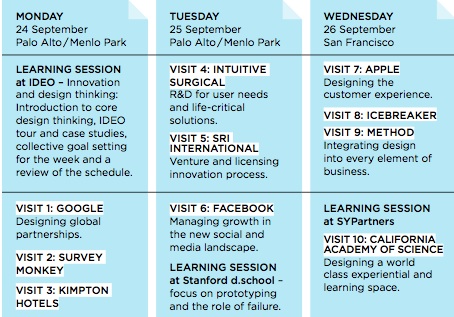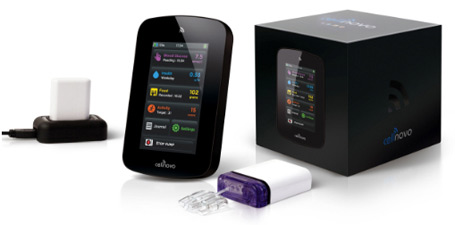 This year I’ve surprised myself by recommending some super short approaches to user research.
This year I’ve surprised myself by recommending some super short approaches to user research.
When there’s no time, money or buy-in for a ‘full noise’ project I’ve been running a 2 day process where I put my clients in the research seat as they work together to make their own observations, draw their own conclusions and insights.
It felt risky and compromised at first, but it’s working out well so far.
Here’s how…..
(Once the objectives and scope are nailed down)
- I invite stakeholders to attend and observe interviews with customers.
- I set the stakeholders up to take notes.
- Then facilitate interviews with paid participants.
- Between sessions we gasp for breath and I draw out the top-of-mind observations from each stakeholder.
- After the last session, I guide them through a hands-on exercise where they match and group individual observations into themes.
- Together we agree on what these mean for the design/business and prioritise them into an action list.
This is a collaborative, intense and compressed way to work but has massive value to the client. … even if you are exhausted at the end of it.
–
Some things I’ve learned from working this way:
PLANNING:
Critically, this requires time investment and commitment from the stakeholder team – be crystal clear from the start that this is totally a ‘get out what you put in’ scenario. Participation is required if the client is going to see value.
It’s best to have a mix of stakeholders involved, different parts of the business, levels of seniority, familiarity with the product, market etc.
I can’t imagine doing it justice with less than 3 stakeholders.
Try to make this an off-site activity to minimise distractions.
Make sure food for them and you is arranged in advance. The sessions will be almost back to back so there will be no skipping off to lunch.
Recruitment – You should consider all-day ‘standby’ participants in case of a ‘no-show’.
–
THE SESSIONS:

Stakeholders need a strong briefing around observation. Reinforce that it’s a team effort, several stakeholders observing the same behaviour can take different meaning away – It’s all valuable.
Keep note taking physical and portable (paper / sticky notes).
Don’t be precious about format, it’s most important that notes are actually taken, not how.
Suggest notes are written from the customer’s point of view. This helps the stakeholder to think through what they are writing, and these ‘quotes’ really come to life during the analysis.
For a usability type project, you could have a sheet of paper for each participant with columns; Where, What and How – Where was the customer at, What did they say/do, How does it impact their experience.
Pinning the objectives up on the wall can remind observers what they are looking for.
Start a ‘discuss’ list and encourage observers to add items as they come up rather than talk through the session.
You need 5-10 mins between each session to conclude what was learned, what was confirmed etc. Asking each stakeholder to write down them share their ‘Top 5’ observations works well.
–
AFTER THE FINAL SESSION:

Aim for a 2 hour analysis and wrap-up.
Collate all the notes and get them up on walls, grouped by customer, topic etc.
Have everyone spend time (10-15 mins) scanning the data and writing down what they feel are key observations. Go for quantity. 100 is a good start.
Go for some sort of ‘KJ’ collaborative analysis to group individual observations into themes. Name each theme and what it means for the product and customer.
Roll this into a prioritisation exercise by ranking / voting, plotting on a scale etc.

OUTCOMES FOR THE CLIENT:
Making decisions based on first hand observations is a powerful experience.
Getting answers in hours to questions which have been hovering for weeks is a liberating feeling for clients.
Clients arrive at conclusions and reach consensus and create the output together.
This approach can also show the client it’s something they can do themselves.
… and of course, questions emerge which they didn’t know they needed to answer.
–
Suddenly… where time, budget and buy in for customer research was lacking… it miraculously appears!
–
I was nudged over the fence into taking this approach by Dana Chisnell, so thanks Dana for the nudge!
I’d love to hear other people’s experience with this…
In another blog post I’ll tell you how it goes when you send the stakeholders out into the field to do their own research.








 The UK government has built a serious design team, with a bias towards user research and a user centred approach.
The UK government has built a serious design team, with a bias towards user research and a user centred approach.








 Over the last couple of years I’ve been lucky enough to be involved in the R&D programme for a
Over the last couple of years I’ve been lucky enough to be involved in the R&D programme for a 
